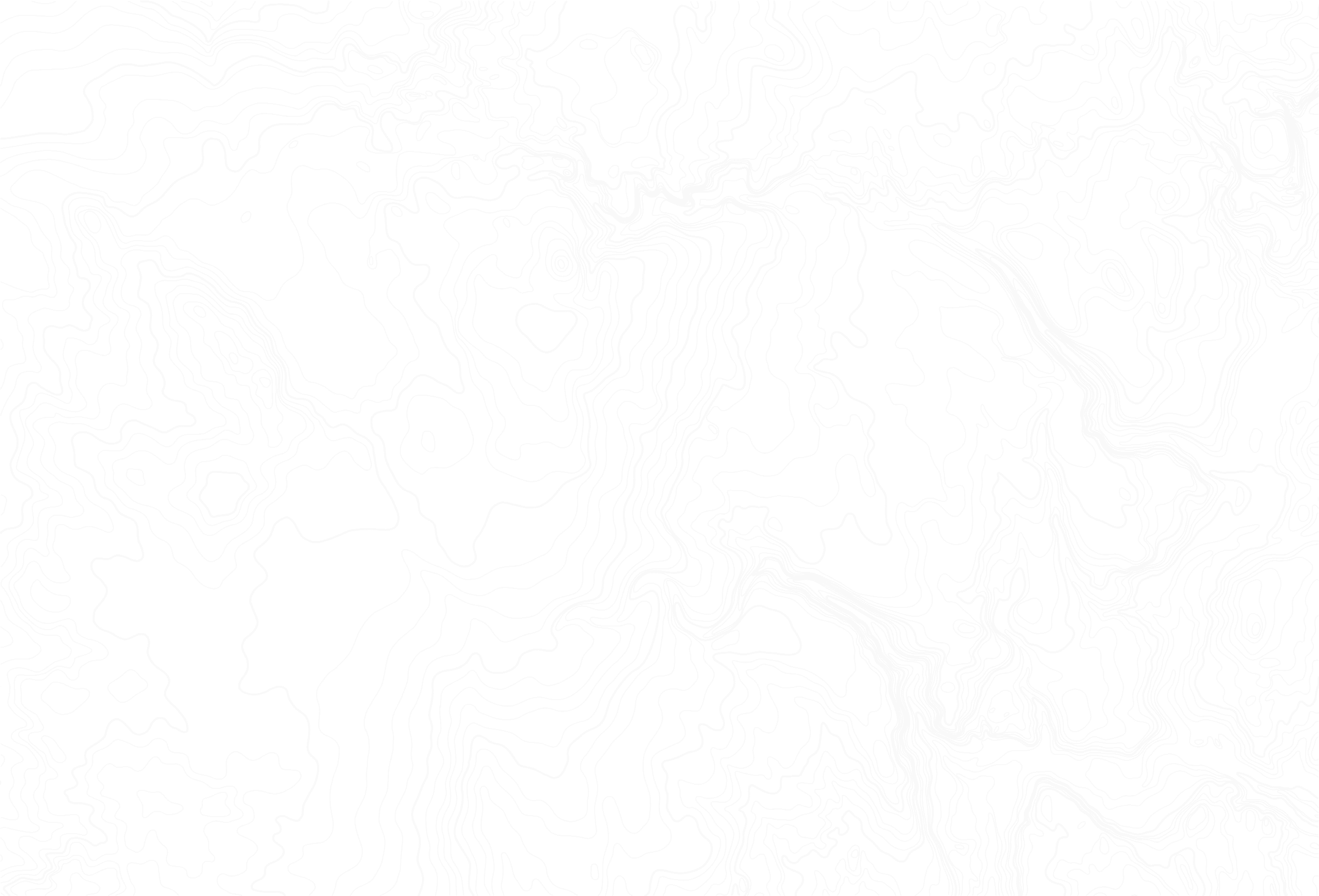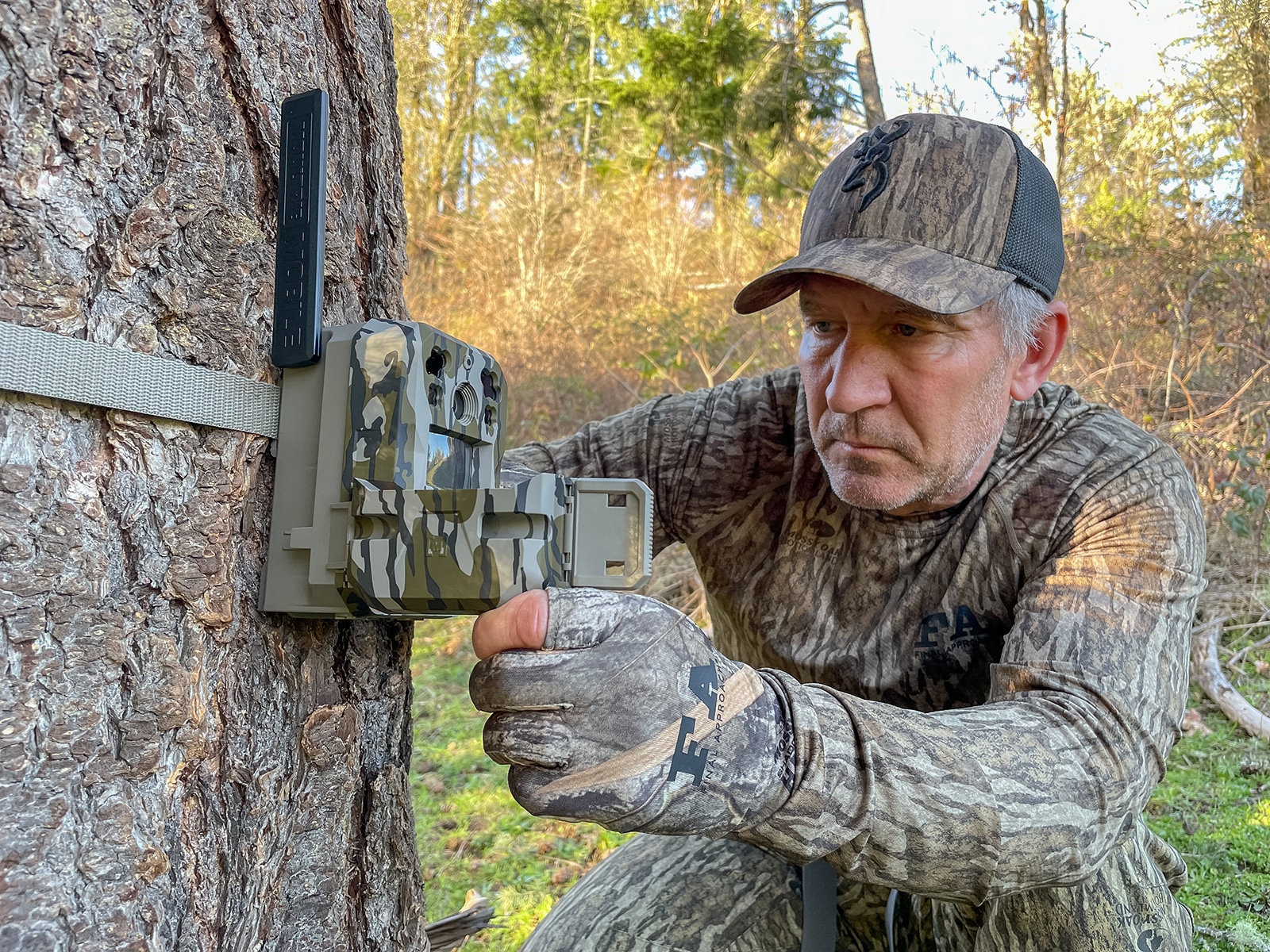Move Cameras for Late-Season Turkey Success
By: Scott Haugen
With turkey season upon us, cellular trail cameras could be a hunter’s most valuable tool. Here are some important things you can learn by getting timely feedback from cellular trail cameras.
The Toms
By now, most of the breeding is done in the turkey woods. While some mature toms (male turkeys) stick to their strutting zones, others move around searching for receptive hens (female turkeys). At the same time, new toms can appear at any moment in your hunting area. Because traveling toms can quickly move through an area, having cellular trail cameras in place will notify you immediately upon their arrival. When this happens, get out there before the new tom moves off.
If targeting local toms, cellular trail cameras will reveal what they’re doing day after day. Some toms are getting into a routine of eating, preening, and eating some more. Some travel to water at specific times. Some get love-sick when the sun is out or when they see/hear a hen. Knowing what homebody toms are doing and when you can use it to your advantage to fill a tag.
Don’t overlook the jakes (juvenile male turkeys). Jakes make excellent table fare, are fun to hunt, and are the perfect bird for youth hunters. They can move around a lot once the hunting season starts. Their movement is largely based on mature toms running them off from hens. When new flocks of jakes, even two-year-old toms, show up on your cellular trail cameras, get out and enjoy a hunt.
The Hens
Cellular trail cameras are also great for revealing what hens are doing. Last March, I caught an easy-to-identify buff-colored hen on the edge of a timber patch at 750 feet elevation. Then she disappeared. Two months later, she appeared on another trail camera, with poults in tow, nearly three miles away and just under 2,500 feet up in the mountains. A few weeks later, the brood was back at the lower elevation where I’d last captured her.
Hens often travel over 15 miles to reach a secluded nesting site. Sometimes, toms follow them; sometimes, hens are solo. Understanding the location and timing of hens can reveal necessary information about turkey behavior throughout the season, including the toms.

Predator Impacts
Last May, six of seven hens in an area I hunted lost their clutches to predators. Ravens, raptors, bobcats, and coyotes were the main culprits. Cellular trail cameras revealed what predators were in the area and confirmed how turkeys responded to them. Most stayed in the woods all day, briefly hitting timbered fringes early and late in the day to feed.
Because they’d lost clutches so late in the spring, the hens had to be bred again to re-nest. This brought on a late breeding cycle, leading to phenomenal hunting for mature toms in the season’s final days.
Food Sources
Turkeys’ food sources shift with the season, and cellular trail cameras reveal what they eat and when. Early in the season, turkeys feast primarily on grasses and clover in my area. They might dig through rotten logs for insects or comb the forest floor for mast crops remaining from the fall, but they primarily seek fresh greenery. That’s where I set trail cameras.
As the season progresses, grasses grow tall, and seeds have come to a head. Turkeys love grass and weed seeds; their crops (stomach) can be crammed full of them. The tall grass also offers shade and protection from predators, resulting in turkeys often hanging out there all day. These habitats can be complex to hunt in the middle of the day, but intercepting toms as they move into the tall grass in the morning or out of it later in the day will swing the odds in your favor.
Moving cellular trail cameras around to coincide with changing food sources will reveal great insight. At the same time, finding where turkeys are watering and seeing where birds relocate when predation is high will give you timely information that will influence your hunting approach. Cellular trail cameras provide prompt information about the turkeys we hunt and their relationship to the habitats in which they live, and ultimately, they will help make us more informed hunters.
Note: For signed copies of Scott Haugen’s popular book, Western Turkey Hunting, visit scotthaugen.com. Follow Scott’s adventures, including trail camera posts, on Instagram & Facebook.


Featured
From Hunter To Mother Teaser: From traversing Hawaiian cliffs during a bow hunt for feral hogs and sheep to adjusting to her new role as mother, Lindsey Davis shares her life-changing journey.

Featured
Boost your hunting with Moultrie Mobile’s cellular trail cameras. Save time and money while enhancing game tracking and performance in the field.

Featured
This venison lasagna features an easy meat sauce, layered with noodles and cheeses. The sweet Italian sausage complements the lean venison. It’s perfect for feeding a crowd at a potluck or family dinner.




